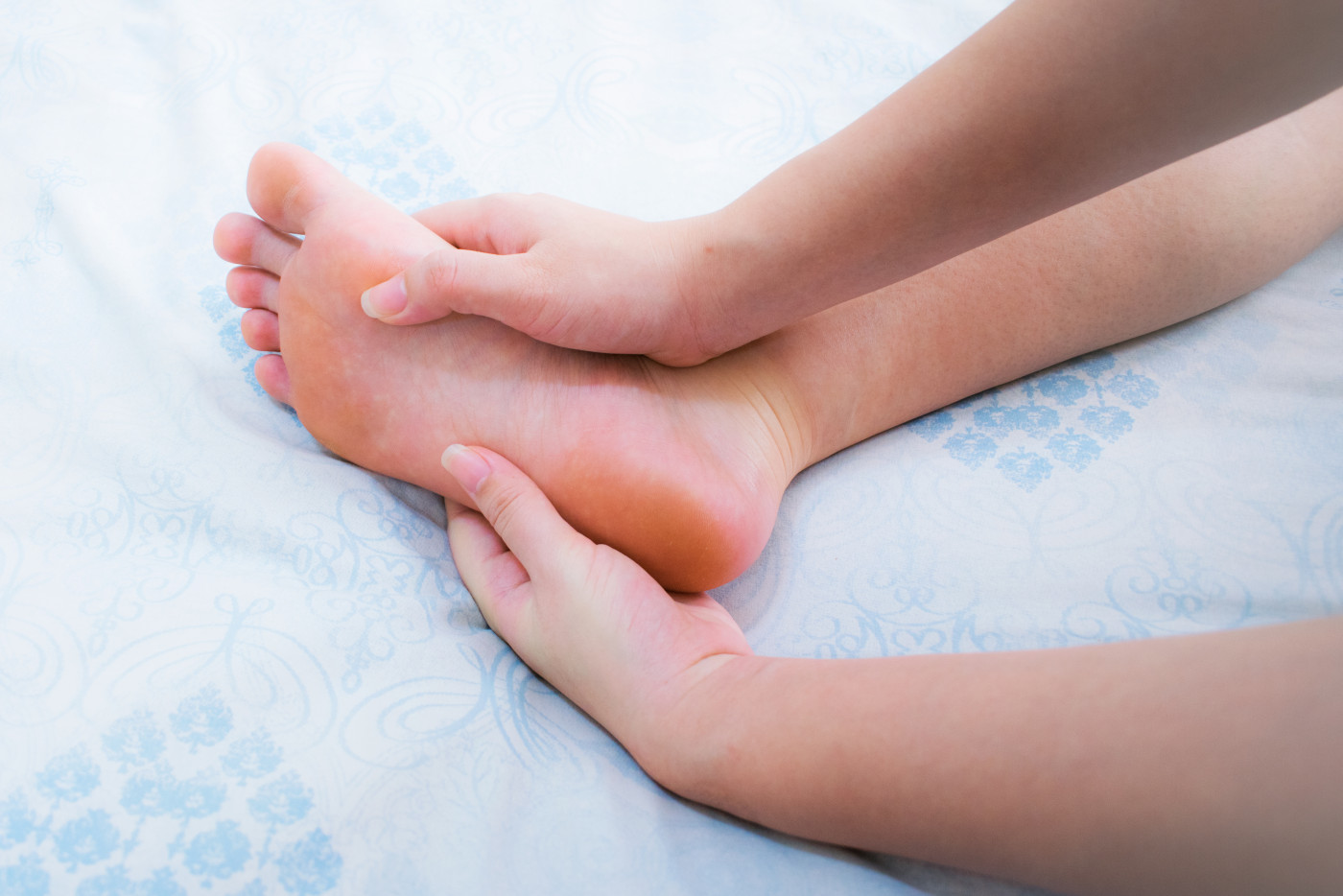Surgery Does Not Appear to Improve Foot Function, Quality of Life in Kids with CMT, Small Study Suggests

Despite improving certain physical features, orthopedic foot surgery did not seem to improve strength, foot function, or overall quality of life in children with Charcot-Marie-Tooth disease (CMT), a small study suggests.
However, the authors note, more study is needed in larger trials to fully determine the impact of the procedure on outcomes in children.
The study, “Surgical outcomes of cavovarus foot deformity in children with Charcot-Marie-Tooth disease,” was published in Neuromuscular Disorders.
Cavovarus foot is the most common foot deformity associated with CMT. It is characterized by a high cavus (arch) combined with a heel that is turned inward (varus), leading to an abnormal foot shape. Overall, foot deformities are estimated to affect 60%-90% of all patients diagnosed with the disorder.
Orthotics (external devices that accommodate the deformity and help reduce foot pain) and physiotherapy are usually recommended to alleviate and manage foot pain. However, in the most severe cases, orthopedic foot surgery may be the only option.
Very few studies have examined whether orthopedic surgery to correct foot deformities led to improvements in health outcomes of children with CMT.
In this study, a team of researchers from Australia’s University of Sydney set out to assess the impact of orthopedic foot surgery on physical features, foot strength, function, and overall quality of life in a group of children with CMT.
The study involved 21 children with CMT who had undergone orthopedic surgery to correct foot deformities at 12.5 years old, on average.
All children were evaluated before and after surgery (approximately 15.7 months after), and their outcomes were compared with data from a natural history study involving 206 children with CMT who did not receive any intervention.
Parameters from the CMT Pediatric Scale (CMTPedS) were used to evaluate foot alignment (Foot Posture Index), ankle flexibility (lunge test), strength (foot dorsiflexion/plantarflexion by hand-held dynamometry), function (balance, long jump, six-minute walk test), and self-reported symptoms.
Children’s quality of life was assessed through completion of the Child Health Questionnaire and gait by the pressure loading test (a test that measures the pressure of the foot on the floor).
Results showed that foot alignment (increase of 6.0 points in the Foot Posture Index) and ankle flexibility (increase of 6.1 degrees) improved after surgery, and were both significantly different from children who did not receive any intervention.
Likewise, gait (higher pressure beneath the end and mid-portion of the foot) significantly improved after orthopedic surgery. In addition, the number of self-reported daily trips and falls decreased from 60% at baseline to 13% after surgery, reflecting an improvement in self-reported symptoms.
However, orthopedic foot surgery did not have any impact on the children’s foot strength, function, or overall quality of life; their clinical outcomes were identical to those of children from the natural history study who did not receive any intervention.
“Our findings show that a combination of bony and soft tissue surgery improves foot alignment, ankle flexibility, self-reported trips/falls, and plantar pressure loading in this population. However, surgery had no effect on strength, function, or quality of life, which generally mirrored the natural course of the disease,” the researchers stated.
They noted several limitations, namely the small sample size and the fact that the data may not be generalized to other CMT types since most participants had CMT1A.
“Future studies using self-reported pain severity measures and radiographic data on a large sample of participants are required to fully understand the impact of surgery on patient outcomes,” they said.





